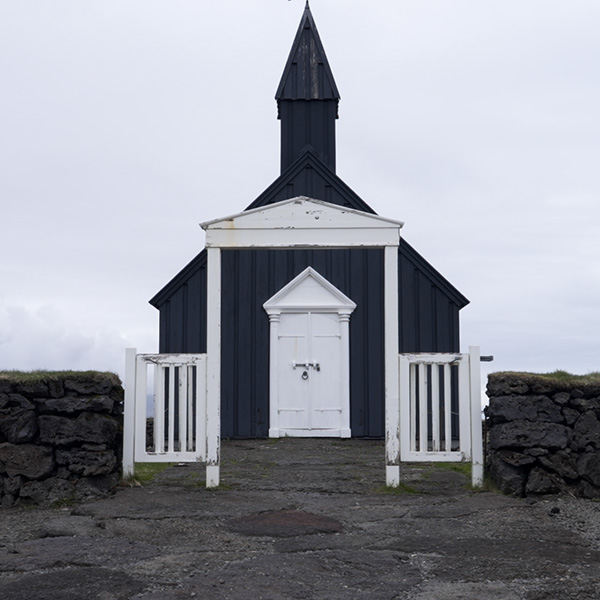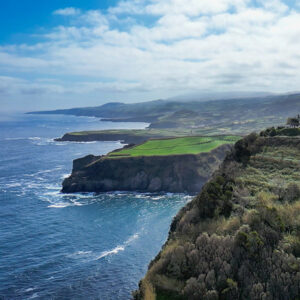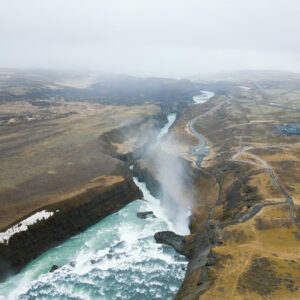A Day on the Snæfellsnes Peninsula.
Our journey begins in Grundarfjörður, a small fishing village nestled beneath the dramatic peak of Kirkjufell, Iceland’s most photographed mountain. With its iconic, symmetrical shape rising beside a cascading waterfall, this natural landmark sets the tone for the landscapes that follow – wild, poetic, and full of legends.
From Grundarfjörður, we set off to explore the Snæfellsnes Peninsula, often described as “Iceland in Miniature” for its incredible variety of landscapes: glaciers, lava fields, volcanic craters, rugged coastlines, black beaches, and charming fishing villages.
Starting Point: Seyðisfjörður – Where Mountains Meet the Sea
Seyðisfjörður is a small but vibrant town on Iceland’s east coast, embraced by steep mountain slopes at the end of a narrow fjord. Its colorful 19th-century wooden houses and artistic flair lend the place a unique atmosphere. The town is also known as the main port for the ferry arriving from mainland Europe, making it a gateway for many travelers exploring the Eastfjords.
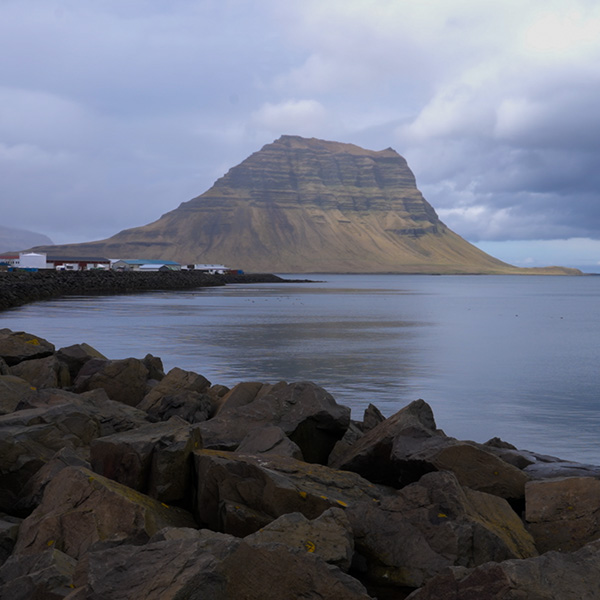
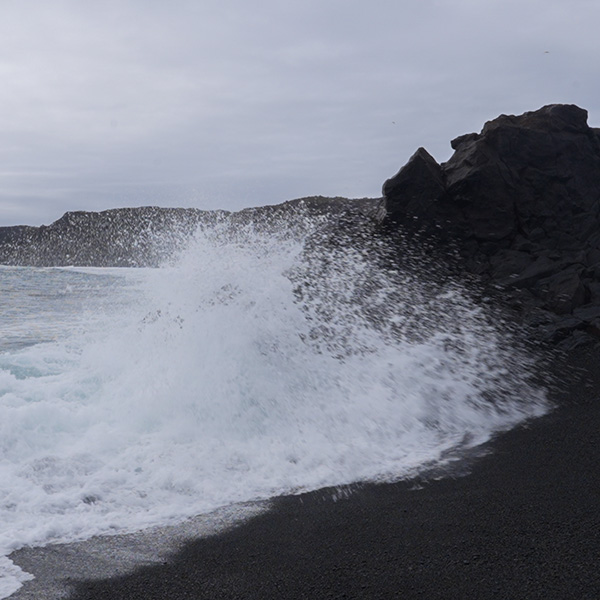
Snæfellsjökull: The Glacier of Legends
Our route winds through small coastal settlements as we approach the mystical Snæfellsjökull Glacier. This 1,446-meter-tall, ice-capped stratovolcano is not just a geological wonder but a cultural one. It famously served as the fictional gateway to the Earth’s core in Jules Verne’s Journey to the Center of the Earth. Icelanders have long considered the area around Snæfellsjökull a place of energy and mystery, with tales of trolls, spirits, and hidden people.
Djúpalónssandur: The Black Pebble Beach
Our next stop is Djúpalónssandur, a striking black pebble beach that was once home to a thriving fishing village. While little remains of the village today, the area holds historic remnants of its seafaring past. A short walk leads us to an observation platform, offering sweeping views of the North Atlantic and the curved shoreline scattered with polished lava pebbles. Near the beach, you’ll also find four ancient “lifting stones” – once used to test the strength of fishermen.
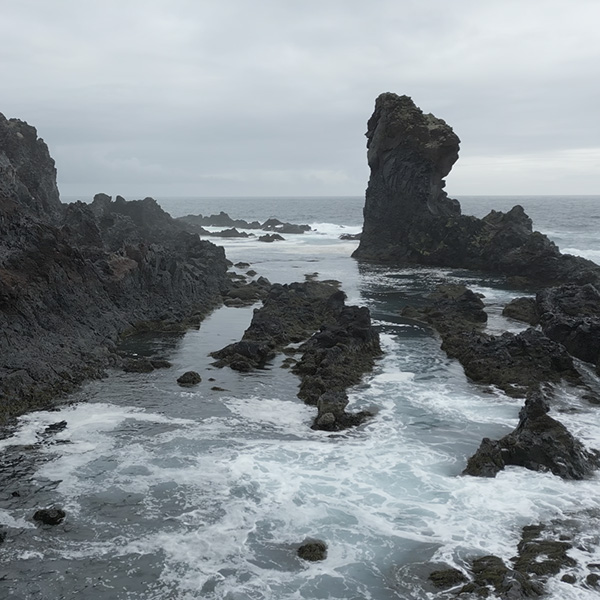
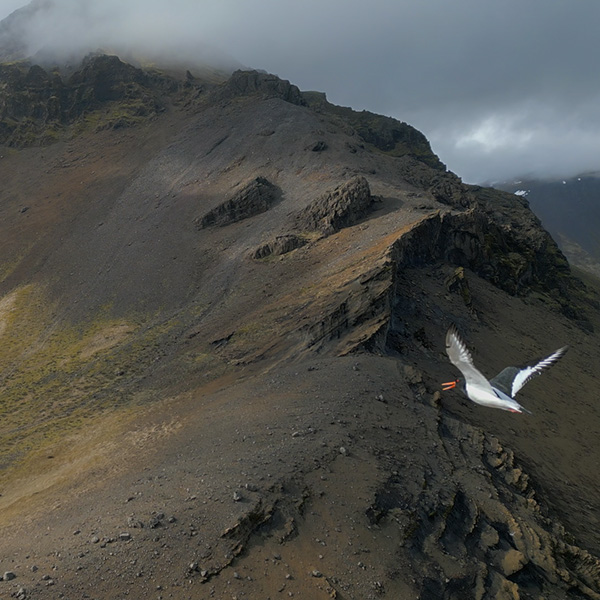
Malarrif Visitor Center
We make a short stop at the Malarrif Visitor Center, where interactive exhibits provide insights into the geology and ecology of the peninsula. Managed by the Snæfellsjökull National Park, it’s a perfect place to deepen your understanding of the unique natural forces shaping the region.
Arnarstapi: Cliffs and Seabirds
The route continues to Arnarstapi, a picturesque village on the southern coast of the peninsula. The harbor, tucked into lava formations, is home to a lively colony of seabirds, including Arctic terns and kittiwakes. A coastal walking path from Arnarstapi to nearby Hellnar features dramatic sea cliffs and basalt formations shaped by centuries of waves and wind – a paradise for photographers and birdwatchers alike.
Búðir: A Church in the Lava
We end our journey in Búðir, where the historic Búðakirkja stands in solitude against a backdrop of lava fields and distant mountains. This black wooden church, built in the 19th century, is one of Iceland’s oldest and most photographed. The contrast between its dark facade and the unusual light-colored sand surrounding it – a result of pulverized seashells left by wolffish – adds to the ethereal atmosphere.
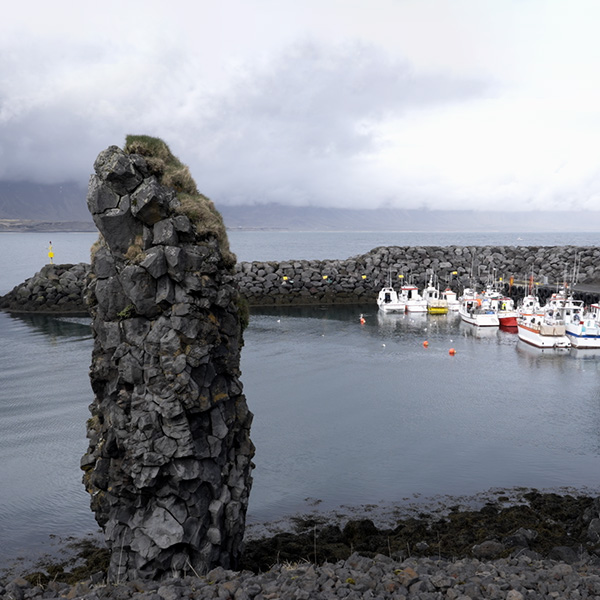
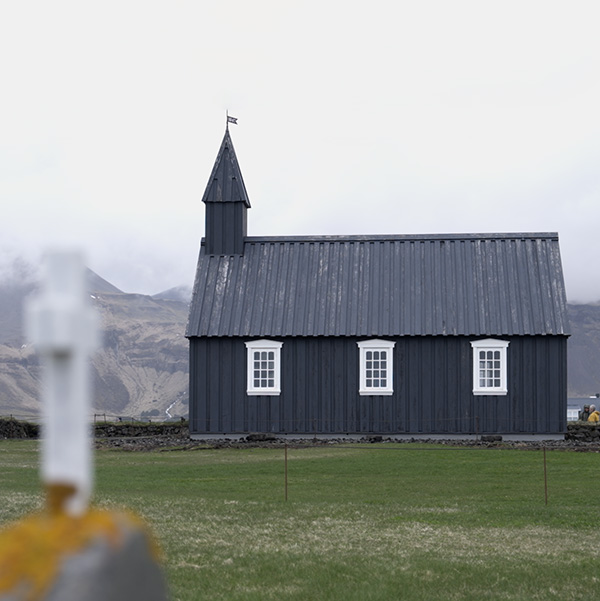
Practical Tips for Traveling in Iceland
- Weather: Conditions change rapidly. Dress in layers and bring waterproof gear, even in summer.
- Footwear: Wear sturdy shoes suitable for walking on uneven terrain, especially near beaches and cliffs.
- Photography: Bring a camera with a zoom lens for capturing wildlife and distant peaks.
- Driving: Roads are generally well maintained, but some remote areas may require 4×4 vehicles. Always check weather and road conditions before departure.
- Respect Nature: Stay on marked paths to protect Iceland’s fragile ecosystems and avoid disturbing nesting birds.
This excursion is more than a day trip – it’s a journey through time, myth, and some of Iceland’s most enchanting scenery. Whether you’re drawn by geology, wildlife, or literature, the Snæfellsnes Peninsula offers a little of everything.


